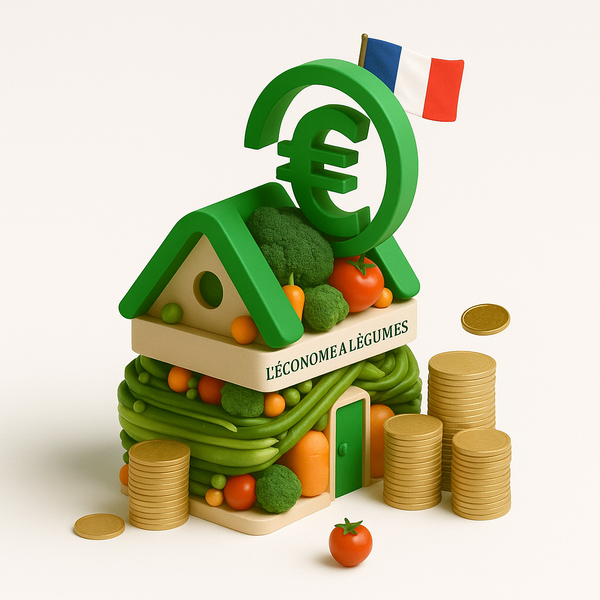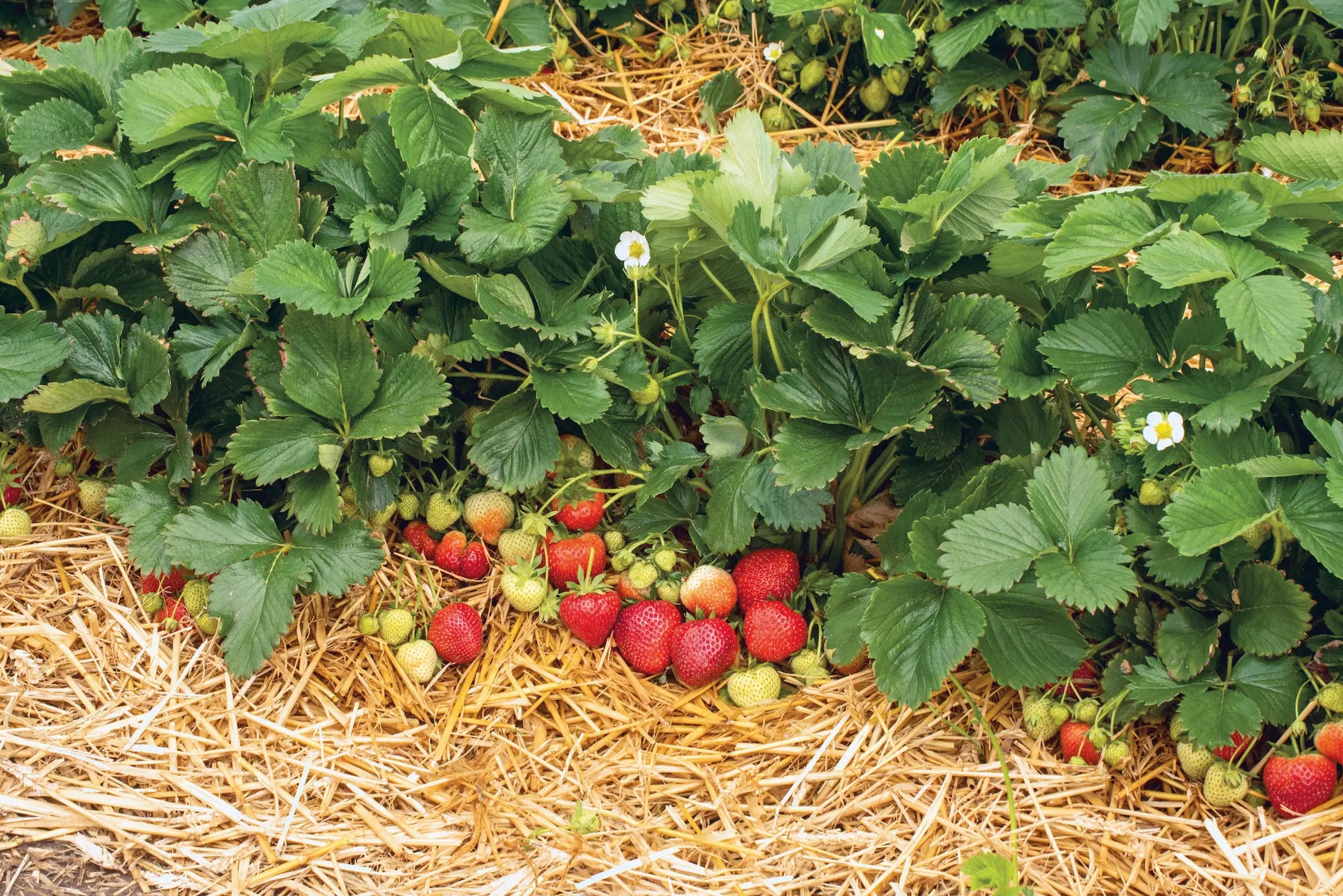-
Delivery from 10 plants to France, Switzerland and Europe
Delivery method -
Strawberry Plant Wholesale Supplier
About Us -
Quality Strawberry Plants
Strawberry technical itinerary -
Secure payment
Our Payment Terms
Magnum Tray Strawberry Plant
Magnum Tray Strawberry Plant
Price per unit (€ excluding VAT) excluding shipping. Our prices are based on volume. We offer you the best option based on your needs.
 - Add the desired date to your quote request
- Add the desired date to your quote request
- Buy now and get it delivered when you're ready to plant
- Delivery from 10 plants to France, Switzerland and Europe
Couldn't load pickup availability
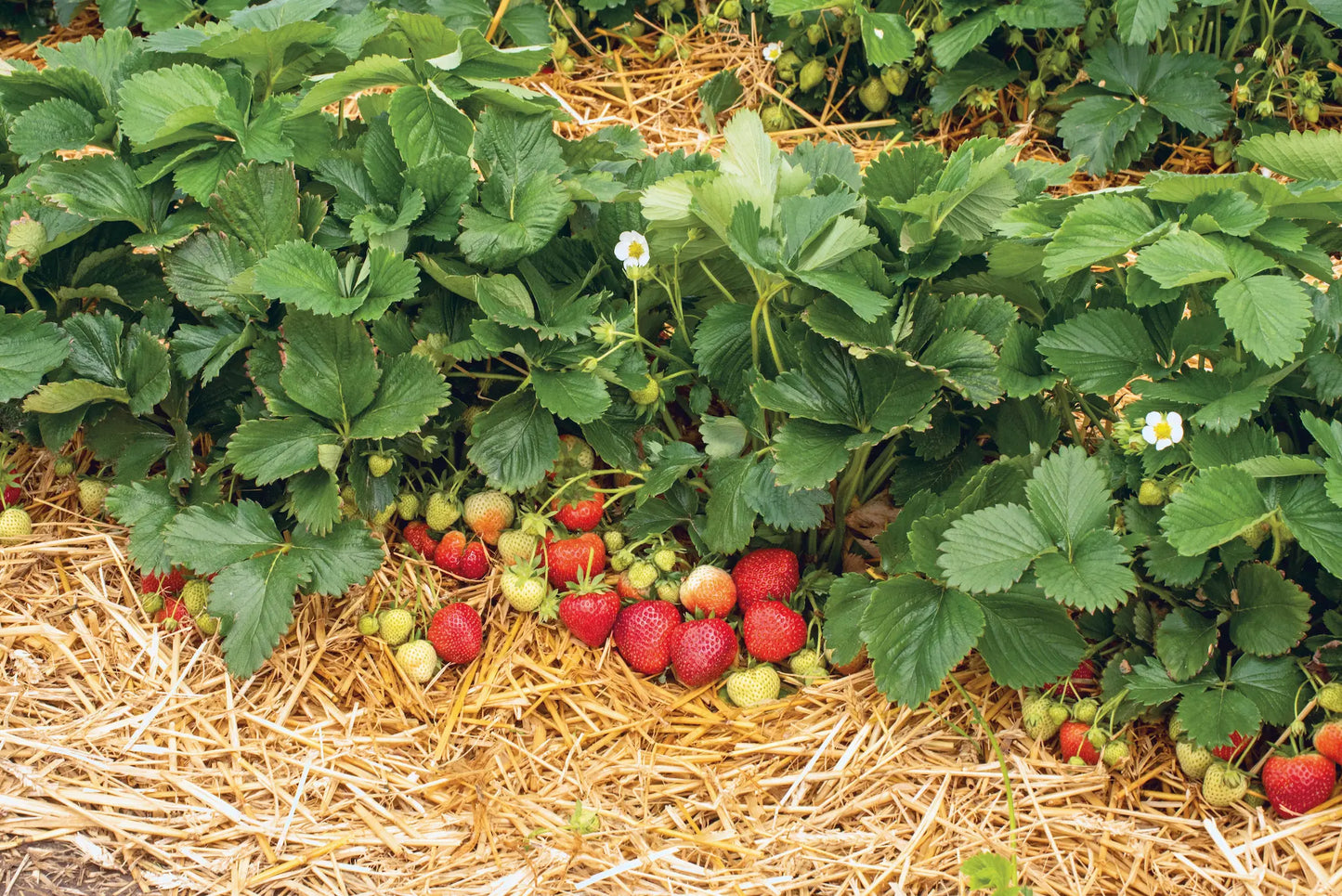
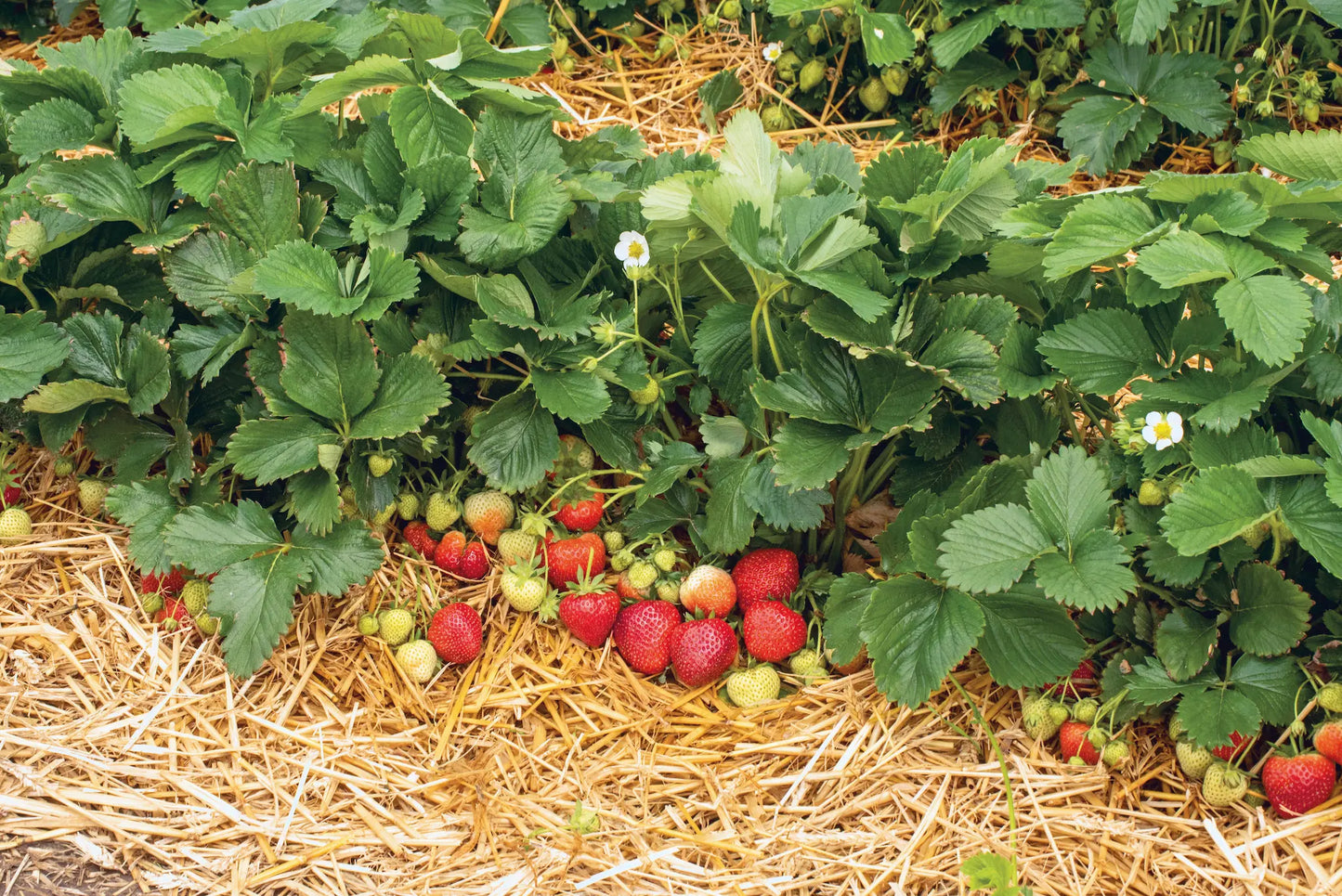
Collapsible content
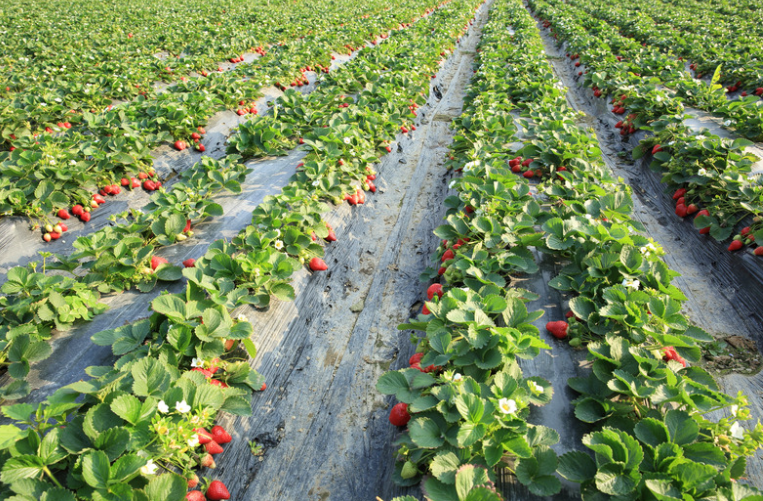
Strawberry Plant Buying Guide: What Type of Plants? For What Market Opportunity?
Which format should you choose: refrigerated, fresh, tray-plants, waiting bed, or plugs? Compare yields, costs, and harvest times at a glance.
Download the PDF guide (13 pages)
Why read this guide?
- Comparison tables: yield (300–600 g/plant), cost & labor.
- Reservation/delivery calendar for each format.
- Minimum order: 20 to 1,000 plants depending on the type.
- Full-field vs. above-ground case studies to maximize margin.
Overview of the 5 professional formats
Detailed comparison of formats
| Format | Yield (g/plant) |
Harvest time | Min. order | Average cost |
|---|---|---|---|---|
| Fridge | 250 – 400 | 120 days | 20 plants | 0.20 – 0.45 € |
| Costs | 280 – 420 | 140 days | 200 plants | 0.20 – 0.45 € |
| Tray plant | 400 – 600 | 90 days | 500 plants | 0.75 – 0.80 € |
| Waiting Bed | 300 – 500 | 105 days | 500 plants | 0.50 – 0.60 € |
| Motte | 230 – 350 | N+1 | 1,000 plants | 0.35 – 0.50 € |
Delivery schedule
| Plant type | Jan | Feb | Mar | Apr | May | Jul | Jul | Aug | Sep | Oct | Nov | Dec |
|---|---|---|---|---|---|---|---|---|---|---|---|---|
| Fridge | ||||||||||||
| Tray plants | ||||||||||||
| Waiting Bed | ||||||||||||
| Motte | ||||||||||||
| Costs |
Which format for which scenario?
Full field controlled budget
Fridge or Fresh : cost 2 x lower than tray plants, planting flexibility.
Above ground in greenhouse
Tray-plants : harvest 90 days after planting, uniform size, reduced labor.
Late planting
Mottes : planting July–August, rapid recovery, harvest the following year.
Ready to plan your plantings?
Download the complete guide Request a quoteFrequently Asked Questions
Is the guide free?
Yes, no fees or obligation to purchase.
How to download it?
Click the button “Download the guide” ; the PDF opens immediately.
Can I request a personalized quote?
Of course: write to us at contact@fraisiverse.com and an agronomist will respond to you within 24 hours.
Choosing the right strawberry varieties for your plot
Extend your harvest season by up to 5.5 months with our "early + season + everbearing" method. Compare 78 cultivars, sizes, and markets.
Download the PDF guide (17 pages)
4 axes to decide quickly
- Harvest Window : Early, Seasonal, or Everbearing? Combine them for 5.5 months .
- Commercial outlet : direct sales, long circuit, processing or freezing.
- Type of plants : fridge, fresh, root ball, tray plants… adapt your investments and your schedule.
- Growing conditions : open field, soilless, greenhouse; target consistent yield and size.
Axis 1: Select your harvest window
Example of recommended mix:
- Ciflorette (early) → Rubis des Jardins (season) → Charlotte (remontant).
- 5.5 months of continuous production, ideal for direct sales.
Axis 2: Sell at the right market
Direct sales
Ciflorette, Charlotte, Mara des Bois: premium taste sought after by consumers.
Long circuit / GMS
Magnum, Clery, Dream: uniform size, 95% class 1 fruit.
Transformation
Darselect, Mara des Bois – high sugar content and stable aroma.
Freezing
Honeoye, Belrubi – firm flesh, keeps well in the cold.
Axis 3: Choose the right type of plants
| Kind | Reservation | Delivery | Highlights |
|---|---|---|---|
| Fridge | All year round | Dec. → Aug. | Flexibility & price |
| Tray plants | Feb. → June | Nov. → Apr. | Above ground, harvest 90 days after planting |
| Motte | Sep. → May | Jul. → Sep. | Ideal for open fields, harvest N+1 |
| Costs | Feb. → Aug. | Sep. → Nov. | Young plants, rapid recovery |
Axis 4: Optimize your technical constraints
Tray plants guarantee +25% yield and simplified harvesting above ground; ideal for mechanizing your production and ensuring consistent size.
Frequently Asked Questions
Is the guide really free?
Yes, with no cost or obligation to purchase.
How to download it?
Just click the button “Download the guide” at the top of the page; the PDF opens immediately.
Can I request a personalized quote?
Of course: contact us via our contact page .
When to plant? When to harvest?
Do you want to start a strawberry farm but don't know when to reserve your plants, when to plant them or even harvest them?
Because we love 🍓 (with just a little sugar), we're going to do the work for you. On this page, you'll find the growing steps for each type of strawberry plant. When to order? What is the delivery period? When to plant? And finally, when to harvest?
Production Calendar - Frigo Strawberry Plants
| Production Calendar - Frigo Strawberry Plants | ||||||||||||||||||||||||
|---|---|---|---|---|---|---|---|---|---|---|---|---|---|---|---|---|---|---|---|---|---|---|---|---|
| Jan | Feb | Mar | Apr | May | Jun | Jul | Aug | Sep | Oct | Nov | Dec | |||||||||||||
| Reservation | ||||||||||||||||||||||||
| Deliverable | ||||||||||||||||||||||||
| Recommended planting | ||||||||||||||||||||||||
| Harvest | ||||||||||||||||||||||||
Production Calendar - Fresh Bare-Root Strawberry Plants
| Production Calendar - Bare Root Strawberry Plants | ||||||||||||||||||||||||
|---|---|---|---|---|---|---|---|---|---|---|---|---|---|---|---|---|---|---|---|---|---|---|---|---|
| Jan | Feb | Mar | Apr | May | Jun | Jul | Aug | Sep | Oct | Nov | Dec | |||||||||||||
| Reservation | ||||||||||||||||||||||||
| Deliverable | ||||||||||||||||||||||||
| Recommended planting | ||||||||||||||||||||||||
| Harvest | ||||||||||||||||||||||||
Production Calendar - Strawberry Plants Plugs
| Production Calendar - Strawberry Plants Motte | ||||||||||||||||||||||||
|---|---|---|---|---|---|---|---|---|---|---|---|---|---|---|---|---|---|---|---|---|---|---|---|---|
| Jan | Feb | Mar | Apr | May | Jun | Jul | Aug | Sep | Oct | Nov | Dec | |||||||||||||
| Reservation | ||||||||||||||||||||||||
| Deliverable | ||||||||||||||||||||||||
| Recommended planting | ||||||||||||||||||||||||
| Harvest | ||||||||||||||||||||||||
Production Calendar - Strawberry Plant Tray
| Production Calendar - Strawberry Plants Motte | ||||||||||||||||||||||||
|---|---|---|---|---|---|---|---|---|---|---|---|---|---|---|---|---|---|---|---|---|---|---|---|---|
| Jan | Feb | Mar | Apr | May | Jun | Jul | Aug | Sep | Oct | Nov | Dec | |||||||||||||
| Reservation | ||||||||||||||||||||||||
| Deliverable | ||||||||||||||||||||||||
| Recommended planting | ||||||||||||||||||||||||
| Harvest | ||||||||||||||||||||||||
Our Growing Guides by Plant Type / Our Growing Tips
Our online advisor: Fraisibot
Our technical itineraries by type of strawberry plant:
Technical Itinerary for Growing Strawberries from Frigo Plants
Technical Itinerary for Growing Strawberries from Plug/Pod Plants
Technical Instructions for Growing Strawberries from Tray or Mini Tray Plants
Technical Guide for Growing Strawberries from Bare-Root Fresh Strawberry Plants
Technical Instructions for Growing Strawberries from Waiting Bed Plants
All our growing tips for planting strawberries:
Strawberry Plants: Soil Preparation and Planting
Soil preparation for strawberry growing, planting techniques, and optimizing strawberry yield.
Best Practices for Irrigation and Fertilization of Strawberry Plants
Efficient irrigation systems, frequency and quantity of watering, types of fertilizers and application times, signs of nutritional deficiencies, growing strawberries in substrate, protection against frost and diseases.
Protection and Prevention of Strawberry Diseases and Pests
The main diseases and pests affecting strawberries, as well as effective methods for their prevention and treatment, including biological control and the use of resistant varieties. It provides practical advice for maintaining healthy and productive strawberry crops.
Succeeding in Strawberry Farming: Costs, Business Strategy and Subsidies
Growing strawberries requires significant initial and ongoing costs, but with effective marketing strategies and sustainable practices, growers can maximize their profits while contributing positively to the environment. Grants and financial aid are available to support necessary investments and encourage environmentally friendly farming practices.
Maximizing Strawberry Harvest and Storage: A Practical Guide
How to determine the optimal time to harvest strawberries, best practices for minimizing fruit damage during picking, and effective methods for storing and managing unsold strawberries to avoid losses and maximize profitability. It offers practical tips for extending the shelf life of strawberries, including refrigeration, freezing, and dehydration.
Strawberry Growing: Why Stagger Production? Early, Seasonal, Late? How to Choose?
Staggering strawberry production allows for harvests to be spread throughout the season, ensuring optimal fruit quality and increased profitability. Learn about recommended varieties for early, mid-season, and late-season production, as well as best practices for harvesting and storage.
Magnum strawberry variety technical sheet
- Remontant: Non-Remontant
- Precocity: Mid-Early
- Harvest period: June to early July
- Shape, texture, appearance of the Fruit: Round fruit
- Fruit color: Intense and bright red
- Taste characteristics: High BRIX value, sweet and delicious, one of the sweetest varieties
- Fruit Size: High BRIX value, sweet and delicious, one of the sweetest varieties
- Disease resistance: High disease tolerance and good yield
- Performance, Management and Marketing: High Performance
- Recommended commercial use / marketing channel: Direct sales, Wholesale, Processing
- Our advice: Very few defects, one of the references
Order your professional strawberry plants
Fraisiverse, a specialist wholesale supplier of strawberry plants, offers you the Magnum variety, a benchmark for professional growers. Buying your strawberry plants guarantees you direct access to a professional-quality product from specialized nurseries, with a high yield and high disease tolerance. Our plants are selected for their large size, sweet taste, and excellent post-harvest stability. Take advantage of our producer prices and benefit from fast and careful delivery throughout France. Our responsive sales department and technical team offer personalized advice to optimize your crop. Whether you're aiming for fresh sales or processing, the Magnum variety is a strategic choice to maximize your profits. Order now and reserve now to guarantee your volumes for the next season. Request a free quote to prepare your campaign in the best conditions.
Agronomic characteristics of the Magnum variety
The Magnum strawberry plant is a non-remontant variety , which means that it concentrates all of its production in a single, intense period during the season. Its earliness is described as mid-early , positioning its harvest just after the earliest varieties, generally from June to early July.
Calibration and morphological characteristics
Magnum fruits are remarkable for their imposing size, generally between 20 and 26 grams per unit , thus placing them in the category of large to very large fruits on the French market. Some fruits can even reach an exceptional size, sometimes compared to that of a tennis ball in optimal growing conditions, testifying to its volumetric potential.
Organoleptic and commercial qualities
The visual aspect is most attractive: an intense, bright and shiny red color characterizes the epidermis, ensuring an impeccable presentation on the stalls. The flesh, meanwhile, is firm and juicy , with a red to pinkish tint, homogeneous, without marked white areas, an essential criterion for commercial quality and processing. This remarkable firmness gives the fruit increased resistance to handling and transport, thus limiting picking marks and guaranteeing a crisp and pleasant sensation in the mouth at the time of sale. The taste of Magnum is described as very sweet, with a high Brix level , complemented by powerful aromas that make it a delicious strawberry. The plant itself is robust and tolerant , requiring little maintenance, significant assets for efficient professional production.
Production protocol and cultivation management
To fully exploit the potential of the Magnum Strawberry, the cultivation itinerary must be adapted to its characteristics. Although the sources do not detail all the cultural specificities for each stage of development, they emphasize the importance of optimized management. The Magnum is adapted to different types of plants, such as "fridge" plants . To guarantee an optimal yield, good crop rotation is recommended in order to preserve the health of the soil, which must be well-draining . Regular irrigation and reasoned fertilization are also crucial.
Planting density and spacing
The Magnum variety, due to its marked horizontal growth and the large size of its fruits , could benefit from suitable inter-plant spacing to maximize yield. However, precise information on the optimal planting density for Magnum is not explicitly quantified in the sources; it is therefore recommended to follow the usual professional standards, which vary according to the cultivation method (open field, under cover, soilless) and the specific vigor of the variety, and to consult your plant supplier for personalized advice.
Productive performance and harvest planning
The Magnum Strawberry is primarily known for its high yield . Although precise figures in kilograms per plant are not always explicitly detailed, estimates based on high-calibre, non-remontant varieties and professional feedback place the commercial yield between 600 and 800 grams per plant in open ground , under standard growing conditions. On a hectare scale, considering a typical professional planting density, production can be between 15 and 25 tonnes per hectare .
Harvest window and productive concentration
As for the harvest window, Magnum, being a mid-early, non-remontant variety, concentrates most of its production in a short and intense period. Approximately 70% of the annual harvest is concentrated in three weeks , extending from mid-June to the first week of July. Peak production is generally observed around the last week of June, with the bulk of the harvest spread over weeks 25 to 28 (approximately from June 15 to July 10, depending on the year and region). This concentration of production is an asset for labor planning and marketing logistics.
Commercial quality and waste rate
In addition, the Magnum is distinguished by a high proportion of first category fruit (Class I), which can regularly reach 80 to 90% in optimal conditions , which guarantees excellent market quality and a controlled waste rate, generally between 10 and 20% . Uniformity of size at peak production is also a strong point, with the majority of fruit reaching a uniform weight of 20 to 26 grams, thus facilitating packaging.
Phytosanitary strategy and varietal resistance
The Magnum Strawberry variety has a high resistance to fungal and root diseases , which is a major advantage in reducing the need for fungicide treatments. This inherent robustness contributes to yield stability and fruit quality.
Specific pest management
Regarding common strawberry pests, it is important to note that Magnum can be vulnerable to thrips and weevils (Anthonomus) . For these pests, regular monitoring and the implementation of appropriate management measures, such as the use of sticky traps and crop rotation, are recommended. However, for aphids, spider mites and Drosophila suzukii, the sources consulted do not report specific resistance for the Magnum variety; the management of these pests must therefore be part of a classic integrated pest management strategy, including monitoring and targeted interventions if the pest thresholds are reached. It is important to note that no precise figures on the level of infestation or pest resistance are published for Magnum in the sources provided.
Commercial development and distribution channels
The profitability of the Magnum Strawberry is intrinsically linked to its priority commercial positioning: fresh consumption and processing . Thanks to its high Brix value, its round, intense red and shiny fruits, its firm flesh and its delicious sweet taste, the Magnum is particularly popular on stalls for fresh sale.
Logistical and conservation assets
Its notable firmness and excellent shelf life are major logistical advantages, facilitating transport and extending the shelf life of the fruit. This post-harvest robustness is a determining factor for long distribution channels, allowing producers to target wholesale markets and purchasing centers, in addition to direct sales.
Processing and industry outlets
The variety is also explicitly recommended for jam due to the size and firmness of its fruits , as well as its high Brix value, which makes it attractive for the food industry, including freezing. The high yield of this variety contributes significantly to the overall profitability of the farm, maximizing the volume of top-quality marketable fruit.
Professional references and operational feedback
Feedback from producers and opinions from professionals confirm the advantageous positioning of the Fraisier Magnum . It is considered a variety of choice for the production of high-value field strawberries. Its ability to maintain a significant production of high-quality, high-calibre fruits makes it a reference for professionals looking for a reliable and profitable variety. The combination of its firmness, size and good storage is particularly appreciated, helping to limit losses during harvesting, packaging and transport. These organoleptic and agronomic qualities make the Magnum a variety recognized for its sure value on the market .
To summarize: Our Magnum strawberry plants
At Fraisiverse, a specialist wholesale supplier of strawberry plants, we provide growers with the Magnum variety, renowned for its robustness and profitability. Buying Magnum strawberry plants means opting for an exceptional size of 20 to 26 grams, firm, red, and sweet flesh, and a high Brix level guaranteeing excellent taste quality. As a specialist wholesale supplier of strawberry plants, we only select plants from specialized nurseries, resistant to fungal diseases and adapted to professional conditions. Buying Magnum strawberry plants guarantees you an average yield estimated between 15 and 25 tons/ha, with 80 to 90% of first-class fruit. Its production concentrated over three weeks facilitates labor and logistics management. As a specialist wholesale supplier of strawberry plants, Fraisiverse guarantees you a responsive sales service, competitive producer prices, and personalized advice. Buying Magnum strawberry plants is a strategic decision for growers looking for quality, volume and consistency.
-
Magnum Tray Strawberry Plant
Regular price €0,76 EURRegular priceUnit price / per
